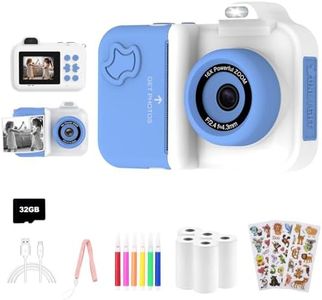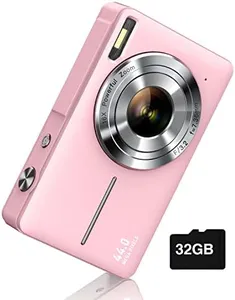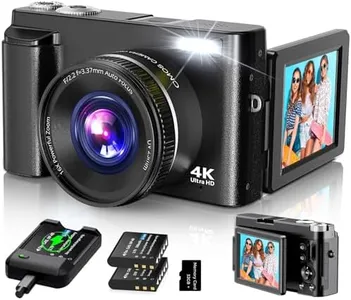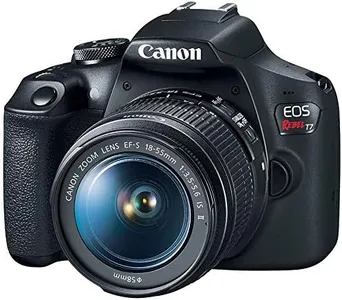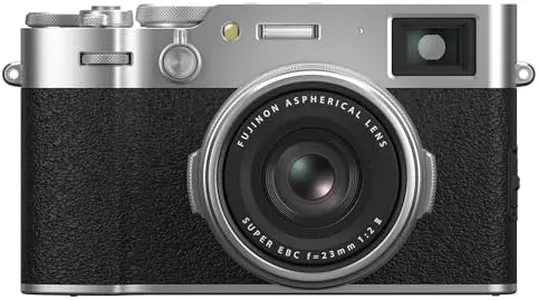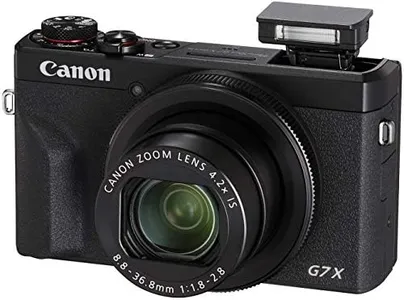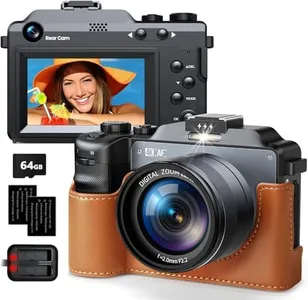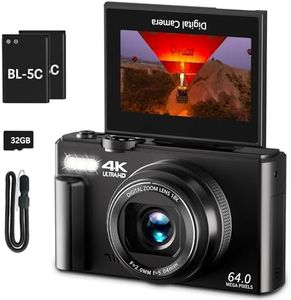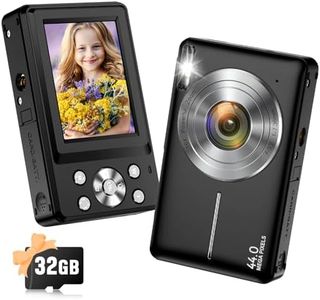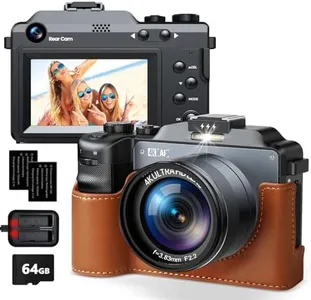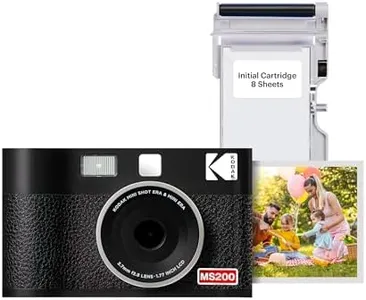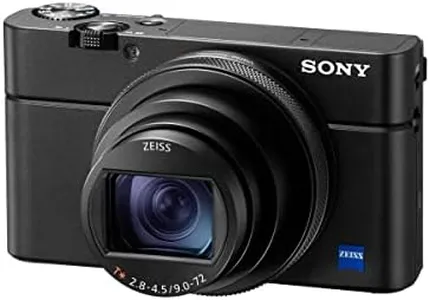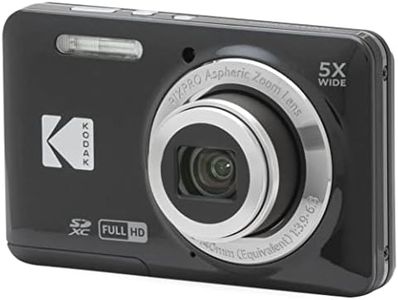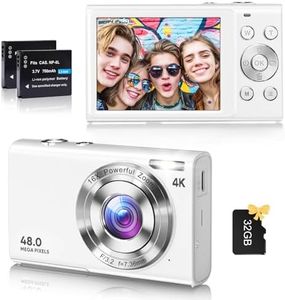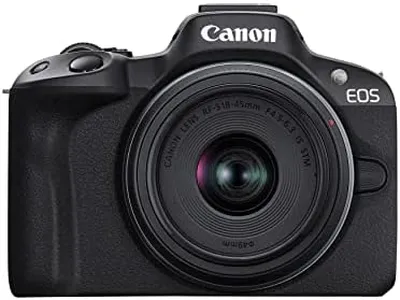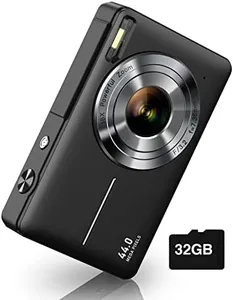10 Best Digital Cameras 2025 in the United States
Our technology thoroughly searches through the online shopping world, reviewing hundreds of sites. We then process and analyze this information, updating in real-time to bring you the latest top-rated products. This way, you always get the best and most current options available.

Our Top Picks
Canon EOS Rebel T7 DSLR Camera with 18-55mm Lens | Built-in Wi-Fi | 24.1 MP CMOS Sensor | DIGIC 4+ Image Processor and Full HD Videos
Most important from
7654 reviews
The Canon EOS Rebel T7 is a solid choice for beginner photographers and those upgrading from a smartphone camera. With a 24.1 MP CMOS sensor and a wide ISO range (100 to 6400, expandable to 12800), it captures detailed images in various lighting conditions, making it versatile for different photographic situations. The included 18-55mm lens provides a good zoom range suitable for everyday photography, from landscapes to portraits.
One of the standout features is the built-in Wi-Fi and NFC technology, allowing for easy sharing of photos and remote shooting with a smartphone. The 9-point autofocus system is adequate for most situations, although it may struggle in fast-moving scenarios or low light compared to higher-end models. The camera also offers Full HD video capabilities, which is a nice touch for casual videographers.
Battery life is decent, with the ability to take around 500 shots on a single charge, which is good for day trips but may require a backup for longer shoots. The camera's build quality feels solid, though it's not weather-resistant, so caution is advised in wet conditions. The optical viewfinder provides a clear and direct way to frame your shots, but the 95% coverage means you might miss a little at the edges. The 3-inch fixed LCD screen lacks touch functionality and only offers a resolution of 920,000 pixels, which can be limiting for composing shots in bright sunlight. The various scene modes and self-timer feature make it user-friendly for those just starting. More experienced users might find the single autofocus system and continuous shooting speed of 3 fps a bit restricting for action photography. This camera works best for casual photographers and hobbyists rather than professionals seeking advanced features. It’s a great entry point into DSLR photography, combining ease of use with quality performance.
Most important from
7654 reviews
Buying Guide for the Best Digital Cameras
Choosing the right digital camera can be a daunting task, but with the right knowledge, you can find the perfect fit for your needs. Whether you're a beginner looking to capture family moments or an aspiring photographer aiming to take professional-quality photos, understanding the key specifications of digital cameras will help you make an informed decision. Here are the essential specs to consider and how to navigate them.FAQ
Most Popular Categories Right Now
